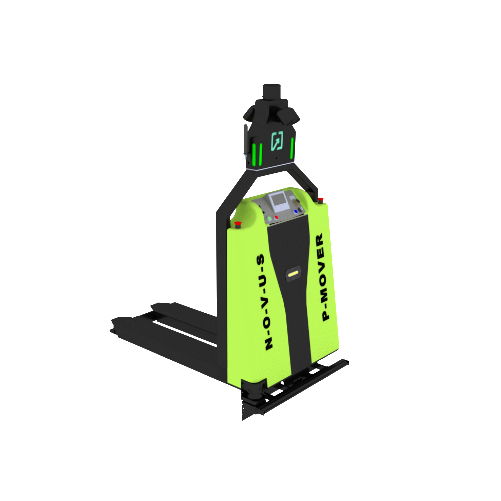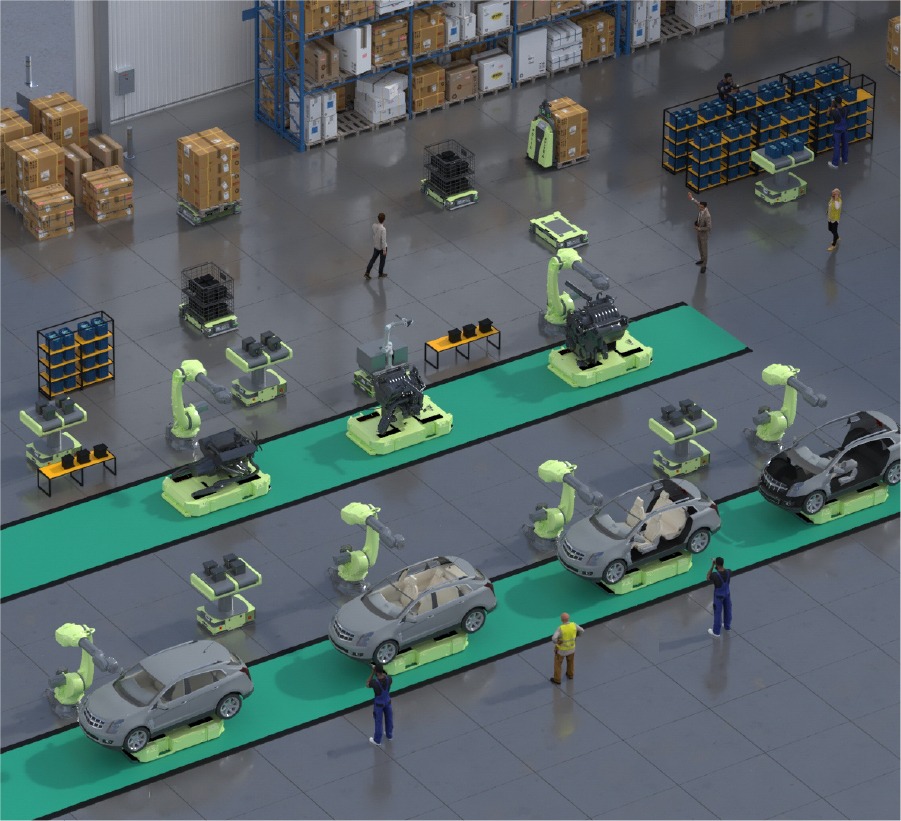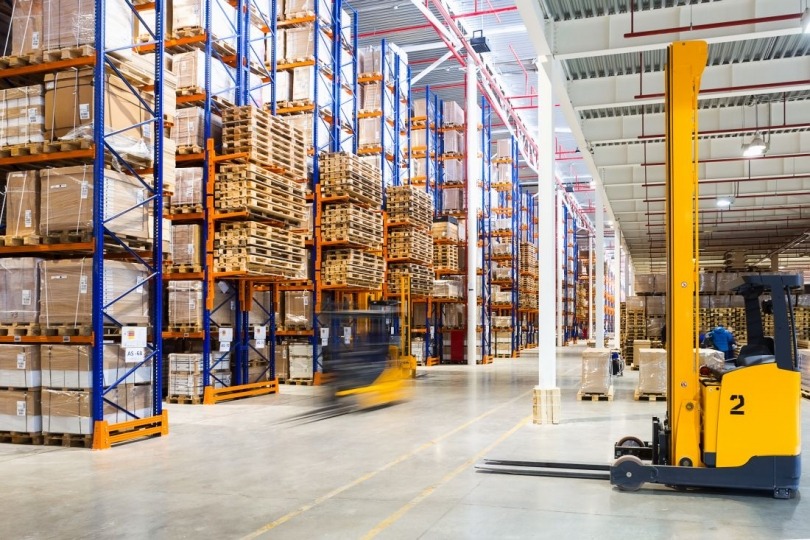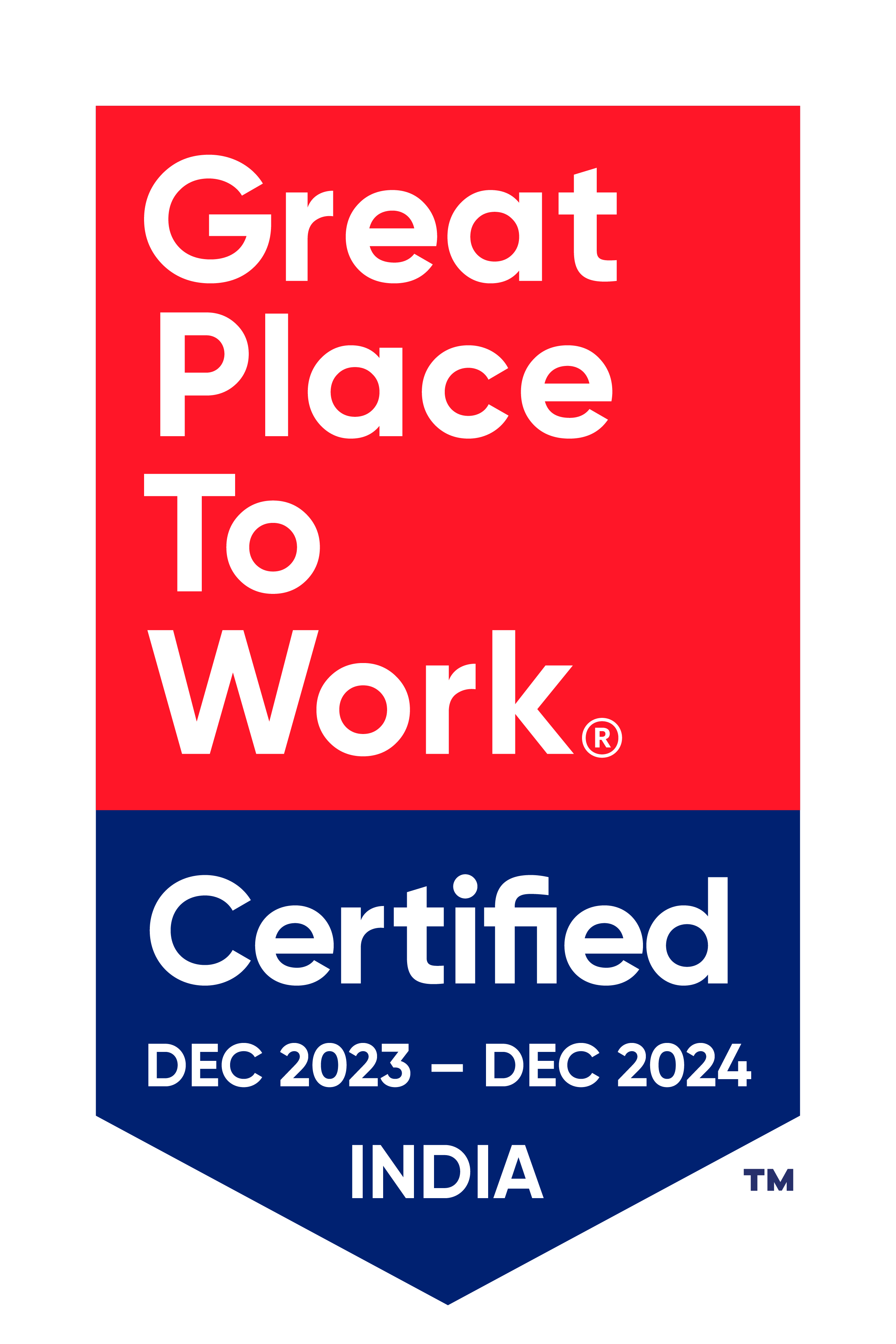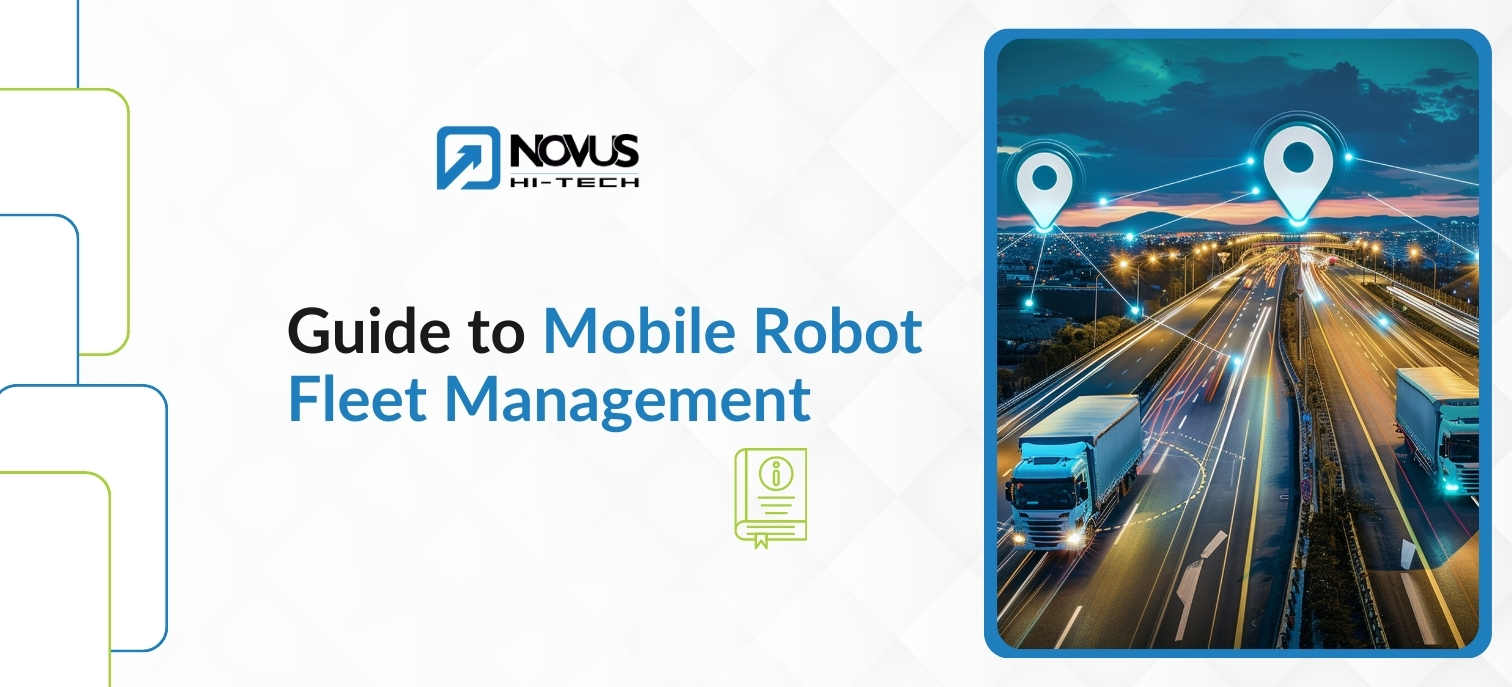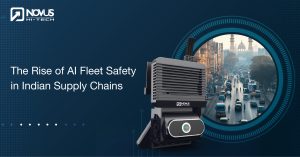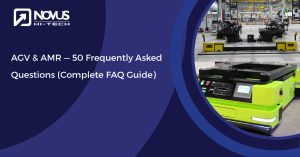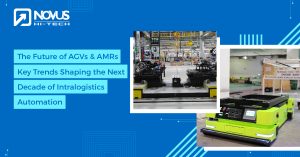The Growing Complexity of Managing a Large Fleet of Mobile Robots
Imagine a bustling warehouse where hundreds of mobile robots are zipping around, picking items from shelves, transporting goods to packing stations, and ensuring seamless inventory management. The scene is a testament to the power of automation, with robots working tirelessly to meet the demands of rapid order fulfillment and efficient logistics. However, beneath this apparent harmony lies a growing challenge: managing this large fleet of mobile robots effectively.
As the number of robots increases, so does the complexity of coordinating their activities. Ensuring that each robot is optimally utilized, avoiding collisions, maintaining consistent performance, and troubleshooting issues in real-time becomes a daunting task. Warehouse managers are now faced with the intricate puzzle of orchestrating a symphony of machines, each with its own specific tasks and routes. Without a robust management system, the potential for chaos and inefficiency looms large.
In this guide, we’ll delve into the intricacies of mobile robot fleet management, exploring the strategies and technologies that can help businesses harness the full potential of their robotic workforce. From understanding the key components of an effective management system to exploring advanced software solutions and best practices, we’ll provide a comprehensive roadmap for navigating the complexities of modern warehouse automation. Join us as we uncover the secrets to turning a bustling robotic warehouse into a well-oiled machine.
Explore how Mobile Robot Fleet Management systems streamline operations.
Download our Brochure/E-book for expert insights and essential deployment strategies!
Introduction to Mobile Robot Fleet Management (MRFM)
In the dynamic landscape of modern warehousing and logistics, Mobile Robot Fleet Management (MRFM) emerges as a critical pillar of effective automation. As businesses increasingly rely on mobile robots to streamline operations, the need for a robust management system to oversee these automated assets becomes paramount.
Mobile Robot Fleet Management encompasses the coordination, monitoring, and control of a fleet of autonomous mobile robots (AMRs) within a warehouse or facility. It ensures that these robots operate seamlessly, avoiding conflicts, maintaining optimal performance, and executing tasks efficiently. An effective MRFM system is the backbone of a well-orchestrated robotic operation, transforming a collection of individual robots into a cohesive and productive workforce.
The significance of MRFM cannot be overstated. Without it, the benefits of deploying mobile robots—such as increased efficiency, reduced labor costs, and enhanced accuracy—could be overshadowed by the complexities of managing multiple autonomous entities. MRFM provides the framework to:
- Coordinate Tasks and Workflows: By assigning and scheduling tasks intelligently, MRFM ensures that each robot contributes effectively to the overall operation, reducing idle times and preventing bottlenecks.
- Monitor Performance: Continuous tracking of robot activities and performance metrics helps identify issues promptly, enabling quick interventions to maintain high productivity levels.
- Optimize Routes and Paths: Advanced MRFM systems use sophisticated algorithms to optimize the routes robots take, minimizing travel time and energy consumption.
- Enhance Safety: Ensuring that robots navigate safely around human workers and other robots is crucial. MRFM systems help manage this interaction, reducing the risk of collisions and accidents.
- Maintain and Troubleshoot: Regular maintenance schedules and real-time troubleshooting capabilities are integral to preventing downtime and extending the lifespan of the robotic fleet.
As the complexity of warehouse operations grows, so does the challenge of managing a large and diverse fleet of mobile robots. MRFM solutions provide the necessary tools to meet these challenges head-on, enabling businesses to fully leverage their investment in automation technology. In the following sections, we will explore the components, strategies, and best practices for effective mobile robot fleet management, ensuring your robotic operations are as efficient and productive as possible.
Functionalities of Mobile Robot Fleet Management (MRFM) Systems
Mobile Robot Fleet Management (MRFM) systems are the central nervous system of a robot-enabled warehouse, providing essential functionalities that ensure the smooth operation, coordination, and monitoring of mobile robots. Here’s a brief overview of the key functionalities of MRFM systems and their role in optimizing warehouse automation:
Task Coordination
MRFM systems efficiently coordinate tasks among the fleet of mobile robots. They assign specific jobs based on factors such as robot availability, location, and current workload. This coordination ensures that tasks are distributed evenly, minimizing idle time and preventing bottlenecks. Task prioritization features allow critical operations to be completed first, further optimizing workflow.
Real-Time Monitoring
Continuous real-time monitoring is a cornerstone of MRFM systems. These systems track the status, location, and performance of each robot, providing warehouse managers with a comprehensive overview of operations. Real-time data collection enables quick identification of issues such as stalled robots or navigation errors, allowing for immediate corrective actions to maintain productivity.
Route Optimization
MRFM systems employ advanced algorithms to optimize the routes taken by mobile robots. By analyzing warehouse layouts and current robot positions, these systems calculate the most efficient paths, reducing travel time and energy consumption. Dynamic route adjustments can be made in response to changing conditions, such as obstacles or high traffic areas, ensuring seamless navigation.
Performance Analytics
Detailed performance analytics are essential for long-term optimization. MRFM systems compile data on various metrics, including task completion times, travel distances, battery usage, and maintenance needs. This data helps identify patterns and areas for improvement, enabling better decision-making and strategic planning.
Safety Management
Ensuring the safety of both human workers and robots is a critical function of MRFM systems. They include features like collision avoidance, speed regulation, and emergency stop mechanisms. By managing safe interactions between robots and humans, MRFM systems reduce the risk of accidents and enhance the overall safety of the warehouse environment.
Maintenance Scheduling
Proactive maintenance scheduling is another vital functionality of MRFM systems. They track the operational hours and performance of each robot to predict maintenance needs. By scheduling maintenance tasks during non-peak hours, MRFM systems help prevent unexpected downtime and extend the lifespan of the robots.
Role of MRFM in Warehouse Automation
MRFM systems play an integral role in maximizing the efficiency and productivity of warehouse operations. By effectively coordinating, controlling, and monitoring mobile robots, these systems ensure that robots work together harmoniously, tasks are completed accurately and on time, and any issues are swiftly addressed. This holistic management approach not only enhances operational efficiency but also allows businesses to scale their automation efforts confidently, knowing that their robotic fleet is being managed optimally.
Benefits of Effective Mobile Robot Fleet Management (MRFM) for Scaling Businesses
As businesses scale up their robotic workforce, effective Mobile Robot Fleet Management (MRFM) becomes increasingly crucial. Here are the key benefits of implementing an effective MRFM system:
1. Improved Efficiency
An effective MRFM system optimizes task allocation and route planning, ensuring that robots operate at maximum efficiency. This results in faster order fulfillment, reduced idle time, and overall improved productivity.
2. Scalability
Scalability is essential for businesses looking to expand their robotic workforce. A robust MRFM system can easily accommodate the addition of new robots, ensuring seamless integration into existing operations.
3. Cost Savings
Efficient task allocation and route optimization lead to lower operating costs. Businesses can reduce labor costs, minimize energy consumption, and extend the lifespan of their robots through proactive maintenance scheduling.
4. Enhanced Safety
MRFM systems include safety features such as collision avoidance and speed regulation, ensuring the safety of both robots and human workers. This reduces the risk of accidents and injuries in the workplace.
5. Real-Time Monitoring and Analytics
Real-time monitoring and analytics provide valuable insights into robot performance and warehouse operations. Businesses can identify inefficiencies, track key metrics, and make data-driven decisions to improve overall efficiency.
6. Flexibility and Adaptability
An effective MRFM system offers flexibility and adaptability, allowing businesses to respond quickly to changing demands and market conditions. This agility is crucial for maintaining a competitive edge in a dynamic market.
7. Enhanced Customer Satisfaction
By improving efficiency and accuracy in order fulfillment, businesses can enhance customer satisfaction. Faster delivery times, fewer errors, and improved inventory management contribute to a positive customer experience.
Effective Mobile Robot Fleet Management (MRFM) is essential for businesses scaling up their robotic workforce. By improving efficiency, scalability, cost savings, safety, monitoring and analytics, flexibility, and customer satisfaction, an effective MRFM system ensures that businesses can maximize the benefits of warehouse automation and stay competitive in today’s fast-paced market.
Definition of Mobile Robot Fleet Management (MRFM)
Mobile Robot Fleet Management (MRFM) refers to the comprehensive system and processes involved in overseeing a fleet of autonomous mobile robots (AMRs) or other mobile robots within a warehouse or facility. MRFM is designed to optimize the operation, coordination, and performance of these robots to ensure efficient and effective task execution.
Role of MRFM in Overseeing a Fleet of Mobile Robots
- Task Allocation and Scheduling: MRFM systems assign tasks to individual robots based on factors such as priority, location, and availability. They ensure that each robot is assigned tasks that align with the overall operational goals and priorities.
- Route Planning and Optimization: MRFM systems plan and optimize the routes that robots take to complete their tasks. This includes calculating the most efficient paths, avoiding obstacles, and minimizing travel time and energy consumption.
- Real-Time Monitoring and Control: MRFM systems continuously monitor the status and performance of each robot in real-time. They can intervene and make adjustments as needed to ensure that robots are operating efficiently and safely.
- Safety Management: MRFM systems include safety features to ensure the safe operation of robots in the presence of humans and other robots. This includes collision avoidance, speed regulation, and emergency stop mechanisms.
- Performance Analysis and Optimization: MRFM systems collect and analyze data on robot performance, such as task completion times, travel distances, and battery usage. This data is used to identify areas for improvement and optimize the overall performance of the fleet.
- Maintenance Scheduling: MRFM systems schedule regular maintenance tasks for robots to ensure that they are operating at peak performance. This includes tasks such as battery replacement, software updates, and mechanical inspections.
- Integration with Other Systems: MRFM systems are often integrated with other warehouse management systems (WMS) and automation systems to ensure seamless coordination and communication between robots and other equipment.
Overall, MRFM plays a critical role in overseeing a fleet of mobile robots, ensuring that they operate efficiently, safely, and effectively to meet the demands of modern warehouse and logistics operations.
Challenges of Managing a Growing Mobile Robot Fleet
Task Scheduling and Optimization
Assigning tasks to a growing fleet of mobile robots can be complex. It involves optimizing routes, coordinating with other robots and human workers, and ensuring that each robot is utilized efficiently. As the fleet size increases, the number of possible task assignments and route combinations grows exponentially, making manual scheduling impractical.
Real-Time Monitoring and Control
With a larger fleet, real-time monitoring becomes critical. Warehouse managers need to track the status and location of each robot, receive alerts for issues or delays, and have the ability to intervene remotely if necessary. Ensuring that robots are operating efficiently and safely requires constant vigilance, which can be challenging as the fleet size grows.
Data Collection and Analysis
Collecting and analyzing data from a growing fleet of robots is essential for optimizing workflows and identifying bottlenecks. However, managing and processing large volumes of data can be overwhelming. Warehouse managers need to implement robust data collection systems and analytical tools to make sense of the data and derive actionable insights.
Managing a growing mobile robot fleet presents several challenges, including task scheduling and optimization, real-time monitoring and control, and data collection and analysis. Addressing these challenges requires implementing advanced fleet management systems, leveraging automation and AI technologies, and continuously optimizing workflows based on data-driven insights. By overcoming these challenges, businesses can maximize the efficiency and effectiveness of their mobile robot fleets, leading to improved warehouse operations and customer satisfaction.
Core Functionalities of Mobile Robot Fleet Management (MRFM) Systems
Fleet Visualization and Tracking
MRFM systems provide a central dashboard that visualizes the locations of all robots in the fleet in real-time. This dashboard also displays other critical information such as battery levels, task statuses, and robot health indicators. Warehouse managers can use this visualization to monitor the overall fleet operation and identify any issues that may arise.
Mission Planning and Scheduling
MRFM systems enable warehouse managers to assign tasks to robots, set priorities, and optimize robot routes for maximum efficiency. These systems use advanced algorithms to calculate the most efficient path for each robot based on factors such as task deadlines, robot capabilities, and warehouse layout. By intelligently scheduling missions, MRFM systems ensure that tasks are completed on time and resources are utilized effectively.
Real-Time Monitoring and Alerts
Real-time monitoring is a critical functionality of MRFM systems. These systems continuously monitor the performance of each robot, including speed, battery usage, and task completion status. Warehouse managers receive alerts for any anomalies or issues that require attention, such as a robot getting stuck or a low battery level. They can then take immediate action, such as rerouting a robot or replacing a battery, to ensure that operations remain smooth.
Data Analytics and Reporting
MRFM systems collect and analyze data from the fleet to identify trends, optimize workflows, and generate performance reports. By analyzing historical data, these systems can identify areas for improvement and make recommendations for optimizing fleet operations. Performance reports provide valuable insights into fleet efficiency, robot utilization, and overall warehouse productivity, helping managers make informed decisions to improve operations.
MRFM systems play a crucial role in managing a fleet of mobile robots effectively. By providing fleet visualization and tracking, mission planning and scheduling, real-time monitoring and alerts, and data analytics and reporting, these systems enable warehouse managers to optimize fleet operations, maximize efficiency, and ensure that tasks are completed on time and within budget.
Choosing the Right Mobile Robot Fleet Management System
Selecting the most suitable Mobile Robot Fleet Management (MRFM) system is crucial for maximizing the efficiency and effectiveness of your robot fleet. Here’s a comprehensive guide to help you make an informed decision:
Fleet Size and Complexity
Consider the size and complexity of your robot fleet when choosing an MRFM system. Larger fleets with diverse capabilities will require a more advanced system that can handle complex task allocation, route optimization, and real-time monitoring.
Integration with Existing Systems
Choose an MRFM system that integrates seamlessly with your existing warehouse management system (WMS) and other software. This integration ensures smooth data exchange between systems and eliminates the need for manual data entry, reducing the risk of errors and improving overall efficiency.
Scalability and Future Needs
Look for an MRFM system that can scale with your business and accommodate future growth. Consider the system’s ability to handle additional robots and new types of robots, as well as its flexibility to adapt to changing operational requirements.
Security Features
Ensure that the MRFM system offers robust security features to protect sensitive data related to robot operations. Look for features such as data encryption, user authentication, and secure access controls to safeguard your information.
Vendor Support and Services
Choose a vendor that offers reliable support and services, including training resources for your team. A vendor with a track record of excellent customer support can help you maximize the benefits of your MRFM system and address any issues that may arise.
Selecting the right MRFM system requires careful consideration of your fleet size and complexity, integration needs, scalability, security features, and vendor support. By choosing a system that meets your specific requirements, you can ensure that your robot fleet operates efficiently, safely, and effectively, helping you achieve your business goals.
Implementing and Managing Your Mobile Robot Fleet
Successfully implementing and managing a mobile robot fleet requires careful planning and execution. Here are practical steps to help you navigate this process:
Defining Clear Goals and Objectives
Start by defining clear goals and objectives for your robot fleet management strategy. Identify the specific tasks and workflows you want to optimize with robots, and establish key performance indicators (KPIs) to measure success.
Data Collection and Analysis
Collecting and analyzing data from your robot fleet is crucial for identifying areas for improvement and optimizing workflows. Implement a robust data collection system that tracks key performance metrics such as task completion times, travel distances, and battery usage.
Developing Standard Operating Procedures (SOPs)
Developing standard operating procedures (SOPs) for robot operation, maintenance, and safety is essential. These SOPs should outline clear protocols for tasks such as robot deployment, charging, maintenance, and emergency procedures.
Continuous Monitoring and Improvement
Continuously monitor the performance of your robot fleet and use the data collected to identify areas for improvement. Adjust your deployment strategies and SOPs as needed to optimize efficiency and effectiveness.
Employee Training and Engagement
Train your employees on how to interact safely and effectively with robots. Emphasize the importance of following SOPs and provide ongoing support and training to ensure that your team is comfortable working alongside robots.
By following these practical steps, you can successfully implement and manage a mobile robot fleet with an MRFM system. By defining clear goals and objectives, collecting and analyzing data, developing SOPs, continuously monitoring and improving, and training your employees, you can maximize the efficiency and effectiveness of your robot fleet, ultimately leading to improved warehouse operations and customer satisfaction.
Explore how Mobile Robot Fleet Management systems streamline operations.
Download our Brochure/E-book for expert insights and essential deployment strategies!
The Future of Mobile Robot Fleet Management
Mobile Robot Fleet Management (MRFM) is evolving rapidly, driven by advancements in technology and automation. Here are some emerging trends shaping the future of MRFM:
Advanced AI and Machine Learning
The integration of advanced AI and machine learning algorithms into MRFM systems is expected to revolutionize fleet management. These technologies can further optimize robot task scheduling, route planning, and anomaly detection. AI-powered MRFM systems can analyze large amounts of data in real-time, enabling more efficient and adaptive fleet management strategies.
Enhanced Human-Robot Collaboration
Future MRFM systems are likely to focus on enhancing human-robot collaboration. This includes developing more intuitive interfaces and communication methods between MRFM systems and human operators. By improving the interaction between humans and robots, MRFM systems can increase efficiency and productivity in warehouse operations.
Cloud-based Fleet Management
Cloud-based fleet management is another emerging trend in MRFM. Cloud-based systems offer several advantages, including increased scalability, accessibility, and data security. By leveraging cloud technology, businesses can easily manage and monitor their robot fleets from anywhere in the world, leading to improved operational efficiency and flexibility.
Autonomous Decision-making
As robots become more intelligent and autonomous, they will be capable of making more complex decisions without human intervention. Future MRFM systems may include autonomous decision-making capabilities, allowing robots to dynamically adjust their tasks and routes based on real-time data and changing warehouse conditions.
The future of Mobile Robot Fleet Management is exciting, with advancements in AI, machine learning, human-robot collaboration, and cloud technology driving innovation. These trends are poised to revolutionize warehouse operations, making them more efficient, flexible, and responsive to changing demands. By embracing these emerging technologies, businesses can stay ahead of the curve and maximize the potential of their robot fleets.
Implementing and managing a mobile robot fleet requires defining clear goals, collecting and analyzing data, developing SOPs, continuous monitoring and improvement, and employee training. The future of MRFM is driven by advancements in AI, machine learning, human-robot collaboration, and cloud technology. By embracing these trends, businesses can maximize the efficiency and effectiveness of their robot fleets, leading to improved warehouse operations and customer satisfaction.
Novus Hitech offers hardware agnostic mobile robot fleet management solutions tailored to meet diverse needs, ensuring streamlined operations and enhanced productivity in your business. Invest wisely in the appropriate mobile robot fleet management solutions to drive efficiency and safety in your material handling processes.


